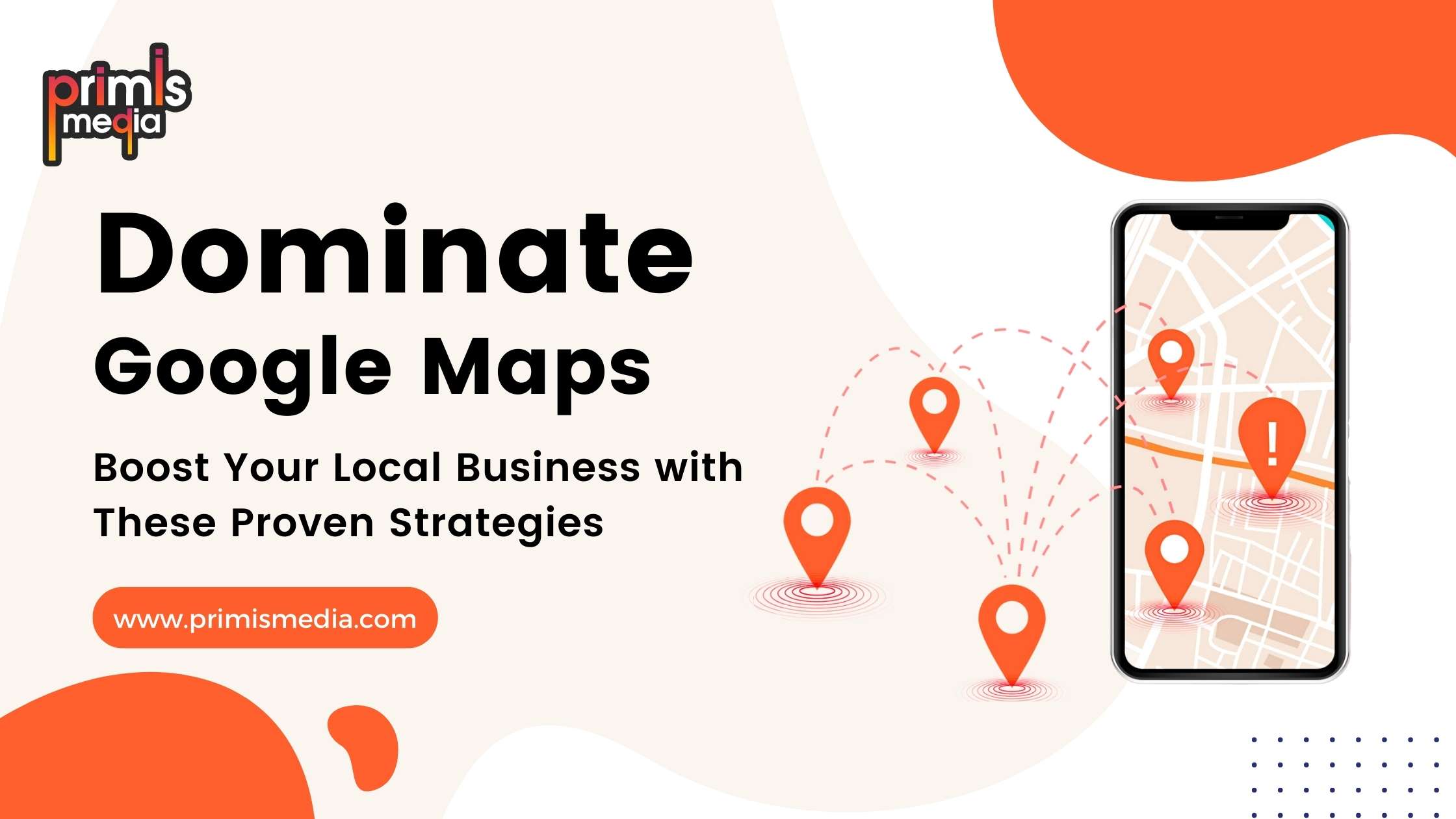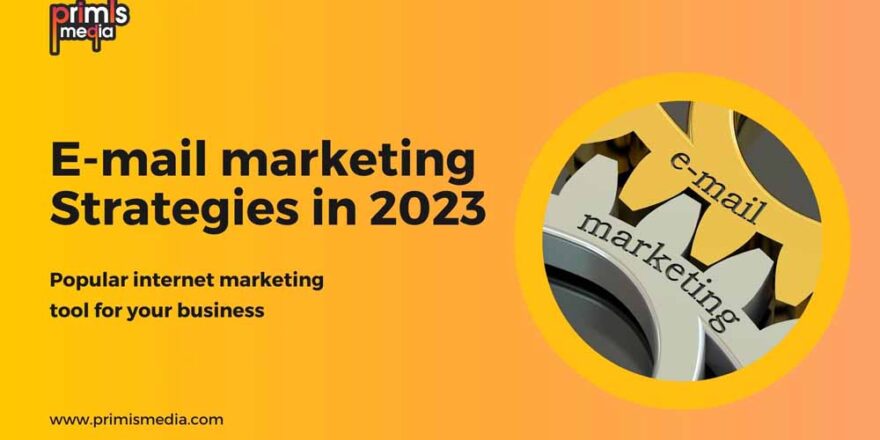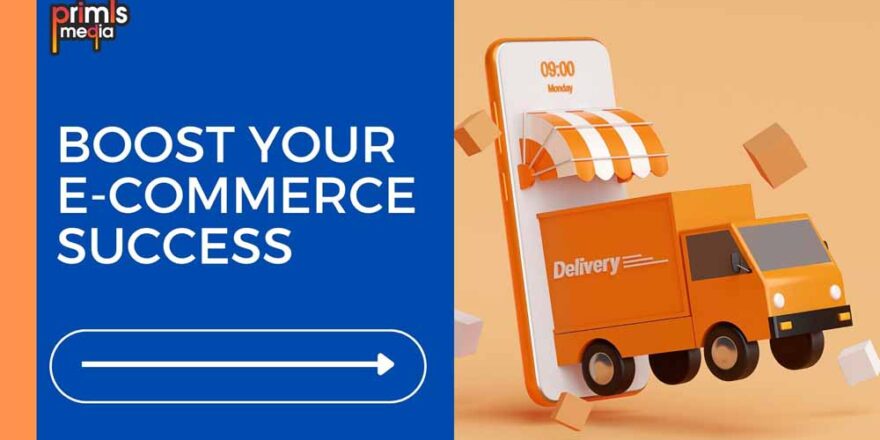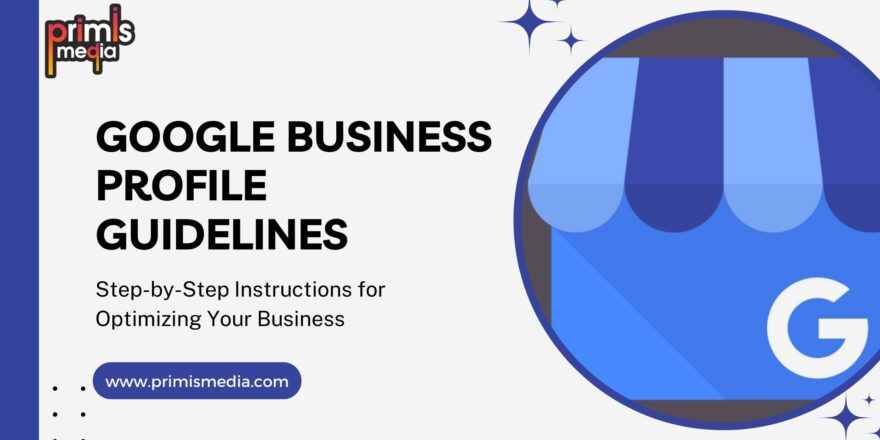Are you a local business owner looking to dominate your competition on Google Maps? Look no further, because this ultimate guide is here to help you boost your local business with proven strategies. In today’s digital age, having a strong online presence is crucial for success, and Google Maps is an essential tool for reaching your target audience. Whether you own a restaurant, a retail store, or a service-based business, this guide will provide you with the insights and tactics you need to skyrocket your visibility on Google Maps. From optimizing your business listing to generating positive reviews, we will walk you through step-by-step strategies that will give you a competitive edge. Get ready to take your local business to the next level and watch your customer base grow as you dominate Google Maps. Let’s dive in and uncover the secrets to success in the digital landscape.
Why Google Maps is Important for local businesses
In today’s digital world, Google Maps has become the go-to platform for people searching for local businesses. With over 1 billion monthly active users, Google Maps provides an enormous opportunity for local businesses to connect with potential customers. When someone searches for a product or service in their local area, Google Maps displays a list of businesses that match their search query, along with their location on the map. This makes it easier for users to find and visit your business, increasing your visibility and driving foot traffic.
To fully harness the power of Google Maps, it is essential to optimize your presence on the platform. By doing so, you can increase your chances of appearing in the top results when potential customers search for businesses like yours. This can significantly boost your online visibility and attract more customers to your doorstep. In the following sections, we will explore the strategies you can implement to optimize your Google Maps presence and dominate your local market.
Optimizing your Google My Business profile


One of the first steps to dominating Google Maps is to optimize your Google My Business (GMB) profile. GMB is a free tool provided by Google that allows you to manage your business information, such as your address, phone number, hours of operation, and website. Having an accurate and up-to-date GMB profile is crucial for appearing in Google Maps searches.
To optimize your GMB profile, start by claiming and verifying your business. This process ensures that you have control over the information displayed on your profile and allows you to make updates as needed. Once you have claimed your business, ensure that all the information is accurate, complete, and consistent across all online platforms. This includes your business name, address, phone number (NAP), website, and category.
In addition to basic information, you should also optimize the description section of your GMB profile. Use this space to provide a compelling and concise overview of your business, including your unique selling points and any special offers or promotions. Be sure to include relevant keywords that potential customers are likely to search for when looking for businesses like yours.
To further enhance your GMB profile, make use of the additional features provided by Google. These include adding photos and videos that showcase your products, services, and premises. Visual content can help potential customers get a sense of what your business has to offer and make them more likely to choose you over your competitors. Regularly updating your photos and videos can also signal to Google that your business is active and engaged with your audience.
By optimizing your GMB profile, you can increase your chances of appearing in Google Maps searches and attract more potential customers to your business. However, optimizing your website is equally important for local SEO success. Let’s explore how you can do that in the next section.
Optimizing your website for local search
While having a strong presence on Google Maps is crucial, it is equally important to optimize your website for local search. When potential customers search for businesses like yours, Google considers various factors to determine which websites to display in the search results. By optimizing your website for local SEO (search engine optimization), you can improve your chances of ranking higher and attracting more organic traffic.
Start by conducting keyword research specific to your local area. Identify the keywords and phrases that potential customers are likely to use when searching for businesses like yours. This could include location-specific keywords, such as the name of your city or neighborhood, as well as industry-specific keywords relevant to your products or services. Use these keywords strategically in your website content, including page titles, headings, meta descriptions, and body text.
In addition to keyword optimization, make sure your website is mobile-friendly. With the majority of internet users now accessing the web via mobile devices, Google prioritizes mobile-friendly websites in its search results. Ensure that your website is responsive and displays properly on various screen sizes. This can improve the user experience, increase engagement, and signal to Google that your website is optimized for mobile users.
Another crucial aspect of website optimization is ensuring fast loading times. Slow-loading websites can frustrate users and result in high bounce rates, negatively impacting your search engine rankings. To improve your website’s loading speed, optimize your images, minify CSS and JavaScript files, and leverage browser caching. These optimizations can significantly improve your website’s performance and provide a better user experience.
In addition to these technical optimizations, consider creating localized content on your website. This could include blog posts, articles, or landing pages that target specific geographic areas or address local topics of interest. By providing valuable and relevant content to your local audience, you can establish yourself as an authority in your industry and attract more organic traffic to your website.
By optimizing your website for local search, you can improve your chances of appearing in Google’s search results and attract more organic traffic to your website. However, to truly dominate Google Maps, you need to go beyond website optimization and focus on building a strong online presence through high-quality and localized content. Let’s explore this strategy in the next section.
Keyword research for local SEO


When it comes to dominating Google Maps, keyword research plays a crucial role in your overall local SEO strategy. By understanding the keywords that potential customers are using to find businesses like yours, you can optimize your online presence to align with their search intent. This will help you appear in relevant search results and attract your target audience.
Start by brainstorming a list of keywords that are relevant to your business and location. Consider both broad and specific keywords that potential customers might use when searching for products or services in your area. For example, if you own a pizza restaurant in New York City, your list of keywords might include “pizza in NYC,” “best pizza in Manhattan,” or “delivery pizza near Times Square.”
Once you have a list of keywords, you can use keyword research tools to gather additional insights and data. Tools like Google Keyword Planner, SEMrush, or Moz’s Keyword Explorer can provide valuable information such as search volume, competition, and related keywords. This data can help you prioritize and refine your keyword list based on its potential impact and feasibility.
When choosing keywords for your local SEO strategy, consider both the search volume and the level of competition. High search volume keywords indicate a larger audience, but they also tend to have higher competition, making it more challenging to rank for them. On the other hand, low search volume keywords may have less competition, but they also attract a smaller audience. Striking a balance between search volume and competition is key to finding the right keywords for your business.
In addition to general keywords, consider including location-specific keywords in your strategy. These keywords can help you target potential customers in your immediate vicinity and increase your chances of appearing in Google Maps searches. For example, if you own a yoga studio in Los Angeles, you might target keywords like “yoga classes in Hollywood” or “yoga studios near Santa Monica.”
By conducting thorough keyword research and incorporating relevant keywords into your website content, you can optimize your online presence for local search. This will increase your visibility in Google Maps and attract more potential customers to your business. However, keyword optimization alone is not enough to dominate Google Maps. You also need to create high-quality and localized content. Let’s explore this strategy in the next section.
Creating high-quality and localized content
When it comes to dominating Google Maps, creating high-quality and localized content is a powerful strategy that can set you apart from your competitors. By providing valuable and relevant content to your local audience, you can establish yourself as an authority in your industry, attract more organic traffic, and increase your chances of appearing in Google’s search results.
Start by identifying the topics and themes that are relevant to your business and resonate with your target audience. Consider the pain points, questions, or challenges that potential customers in your area might have. For example, if you own a landscaping business, you could create content about “how to maintain a beautiful garden in [your city]” or “the best plants for your local climate.”
Once you have identified the topics, you can create various types of content to engage your audience. This could include blog posts, articles, videos, infographics, or even podcasts. Choose the content format that aligns with your target audience’s preferences and the resources available to you. For example, if your audience is more visual, investing in high-quality images and videos might be a priority.
When creating content, ensure that it is optimized for both users and search engines. This means providing valuable and informative content that addresses your audience’s needs while incorporating relevant keywords. Use the keywords strategically in your headings, subheadings, and body text to signal to search engines what your content is about. However, avoid overusing keywords, as this can negatively impact the readability and user experience.
In addition to creating high-quality content, make sure it is localized to your target audience. Incorporate local references, landmarks, or events that are relevant to your area. This will not only resonate with your audience but also signal to search engines that your content is specific to your location. Consider featuring local testimonials or success stories to further establish your credibility and connect with potential customers.
Promote your content through various channels to maximize its reach. This could include sharing it on social media, reaching out to local influencers or bloggers for collaborations, or leveraging your email newsletter to notify your subscribers about new content. The more visibility and engagement your content receives, the more likely it is to attract links and social shares, which can boost your search engine rankings.
By creating high-quality and localized content, you can establish yourself as an authority in your industry, attract more organic traffic, and increase your chances of appearing in Google’s search results. However, to truly dominate Google Maps, you also need to focus on building high-quality backlinks. Let’s explore this strategy in the next section.
Building high-quality backlinks for local SEO
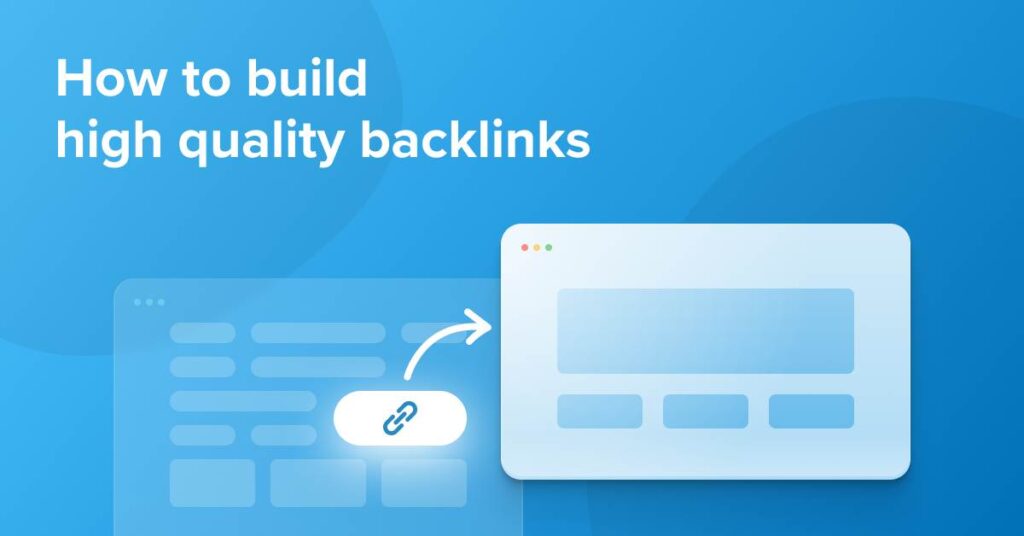

Building high-quality backlinks is a crucial aspect of dominating Google Maps and improving your local SEO rankings. Backlinks, also known as inbound links, are links from external websites that point to your website. They are considered a vote of confidence and can significantly impact your search engine rankings.
When it comes to building backlinks, quality matters more than quantity. A few high-quality and relevant backlinks from authoritative websites can have a greater impact than numerous low-quality backlinks. Focus on acquiring backlinks from reputable websites in your industry or local area. This could include local directories, industry associations, or local news websites.
Start by identifying websites that are relevant to your business and have a good reputation. Reach out to them and offer to contribute valuable content, such as a guest blog post or an expert opinion on a relevant topic. This can help you establish relationships with influential website owners and increase your chances of earning backlinks.
Another effective strategy for building backlinks is to leverage your existing relationships. Reach out to your suppliers, partners, or customers and ask if they would be willing to include a link to your website on their websites. This can help you tap into their existing audience and attract more organic traffic to your website.
In addition to external backlinks, internal linking within your website is also important for SEO. Internal links are links that connect different pages within your website. They help search engines understand the structure and hierarchy of your website and can improve the visibility of your content. Whenever you create new content, look for opportunities to link to relevant existing content on your website.
When building backlinks, it is important to remember that quality is more important than quantity. Focus on acquiring high-quality backlinks from reputable websites in your industry or local area. This can significantly improve your search engine rankings and increase your visibility on Google Maps. However, backlinks alone are not enough to dominate Google Maps. You also need to focus on generating positive reviews and managing your online reputation. Let’s explore this strategy in the next section.
Encouraging customer reviews and managing your online reputation
Customer reviews play a significant role in influencing potential customers’ decisions, both online and offline. In fact, studies have shown that a majority of consumers trust online reviews as much as personal recommendations. Therefore, it is crucial for local businesses to actively encourage positive reviews and manage their online reputation.
Start by claiming your business profiles on popular review platforms, such as Google, Yelp, or TripAdvisor. This allows you to respond to reviews and manage your online reputation effectively. Ensure that your business information is accurate and complete on these platforms, including your address, phone number, and website. This consistency across platforms helps build trust with potential customers and search engines.
To encourage customers to leave reviews, make it easy and convenient for them to do so. Place links or buttons on your website and social media profiles that direct customers to your review pages. Consider providing incentives, such as discounts or freebies, to customers who leave a review. However, be cautious about offering incentives in exchange for positive reviews, as this can violate the policies of some review platforms.
When responding to reviews, whether positive or negative, always maintain a professional and courteous tone. Thank customers for their positive feedback and address any concerns or issues raised in negative reviews. This shows potential customers that you care about their experience and are committed to providing excellent customer service. Additionally, responding to reviews can help you build trust and credibility with your audience.
Regularly monitoring and managing your online reputation is crucial for dominating Google Maps. Set up Google Alerts or use online reputation management tools to monitor mentions of your business across the web. Respond promptly to any negative reviews or comments, addressing them with empathy and a desire to resolve the issue. This proactive approach can help mitigate any potential damage to your reputation and demonstrate your commitment to customer satisfaction.
By actively encouraging customer reviews and managing your online reputation, you can build trust, attract more customers, and improve your visibility on Google Maps. However, your efforts should not be limited to review platforms alone. It is equally important to localize your social media marketing efforts.
Localizing your social media marketing efforts
Social media has become an integral part of our daily lives, and it’s also an effective tool for boosting your local business on Google Maps. Localizing your social media marketing efforts can help you connect with your target audience in a more personalized way. One strategy is to create location-specific social media accounts for your business. For example, if you have multiple branches or locations, create separate accounts for each one. This allows you to tailor your content and engage with local customers more effectively. Additionally, make sure to include your business address and contact information in your social media profiles. This will make it easier for potential customers to find and contact you.
Another effective strategy is to leverage local hashtags and geotags in your social media posts. This helps increase your visibility to users who are searching for local businesses or attractions in your area. For example, if you own a bakery in New York City, using hashtags like #NYCbakery or #NewYorkCitybakeshop can help you reach potential customers who are specifically looking for baked goods in that area. Additionally, make sure to engage with your local community by following and interacting with other local businesses, influencers, and customers. This not only helps build relationships but also increases your chances of being discovered by a wider audience.
Tracking and measuring your local SEO success
Once you’ve implemented various strategies to boost your local business on Google Maps, it’s important to track and measure your success. This will help you identify what’s working and what needs improvement. One of the most effective ways to track your local SEO success is by using Google Analytics. By setting up goals and tracking key metrics, such as website traffic, bounce rate, and conversion rate, you can see how your efforts are impacting your business.
In addition to Google Analytics, you can also use tools like Google My Business Insights to track and measure your local SEO performance. This tool provides valuable data on how customers find and interact with your business listing on Google Maps. You can see how many people are viewing your business profile, how they found you (e.g., through direct searches or discovery searches), and what actions they took (e.g., website visits, phone calls, or requests for directions). This information can help you make data-driven decisions and refine your strategies to achieve better results.
Tips for dominating Google Maps rankings


To dominate Google Maps rankings, you need to optimize your business listing and make it as attractive as possible to both search engines and potential customers. Here are some tips to help you achieve that:
- Claim and verify your Google My Business listing: This is the first step to ensure that your business appears on Google Maps. Claiming and verifying your listing gives you control over the information displayed and allows you to respond to reviews and engage with customers.
- Optimize your business information: Make sure your business name, address, and phone number (NAP) are accurate and consistent across all online directories. This helps search engines understand that your business is legitimate and trustworthy.
- Choose the right categories: Selecting the most relevant categories for your business helps Google understand what your business is about and improves your chances of appearing in relevant search results.
- Write a compelling business description: Use this section to highlight what makes your business unique and why customers should choose you. Make sure to include relevant keywords to improve your chances of appearing in search results.
- Add high-quality photos: Visual content plays a crucial role in attracting customers. Include high-quality photos of your business, products, and services to give potential customers a glimpse of what they can expect.
- Generate positive reviews: Reviews are a powerful trust signal for both search engines and customers. Encourage satisfied customers to leave reviews on your Google My Business listing and respond to reviews, whether they are positive or negative.
Common mistakes to avoid in local SEO
While there are many effective strategies to boost your local business on Google Maps, there are also common mistakes that can hinder your progress. Here are some mistakes to avoid:
- Neglecting your Google My Business listing: Your Google My Business listing is a valuable asset, and neglecting it can negatively impact your local SEO efforts. Make sure to regularly update your business information, respond to reviews, and post relevant updates to keep your listing fresh and engaging.
- Ignoring online reviews: Online reviews can make or break your business. Ignoring negative reviews or failing to respond to them can damage your reputation and deter potential customers. Make it a priority to address customer feedback and resolve any issues promptly and professionally.
- Inconsistent NAP information: Inconsistent business information across online directories can confuse search engines and potential customers. Make sure your business name, address, and phone number are consistent and accurate everywhere your business is listed.
- Overlooking local link building: Building high-quality local links is an essential part of local SEO. It helps establish your business’s authority and relevance in your local area. Seek opportunities to collaborate with local organizations, sponsor local events, or participate in community initiatives to build valuable local links.
The Future of Local SEO and Google Maps
As technology continues to evolve, the future of local SEO and Google Maps is likely to bring new opportunities and challenges for local businesses. One emerging trend is the increasing importance of voice search. With the rise of virtual assistants like Siri, Alexa, and Google Assistant, more and more people are using voice commands to find local businesses. Optimizing your business listing and website for voice search can give you a competitive advantage in the future.
Another trend to watch out for is the integration of augmented reality (AR) and virtual reality (VR) into Google Maps. Imagine being able to virtually explore a restaurant or retail store before visiting it physically. This technology has the potential to revolutionize the way customers interact with local businesses and make informed decisions.
Conclusion
In conclusion, dominating Google Maps is essential for any local business looking to thrive in the digital landscape. By localizing your social media marketing efforts, tracking and measuring your local SEO success, implementing effective strategies to boost your Google Maps rankings, avoiding common mistakes, and staying ahead of future trends, you can give your local business a competitive edge. Remember, a strong online presence and positive customer experiences are key to dominating Google Maps and growing your customer base. So, take action today and start implementing these proven strategies to boost your local business and watch it soar to new heights on Google Maps.

